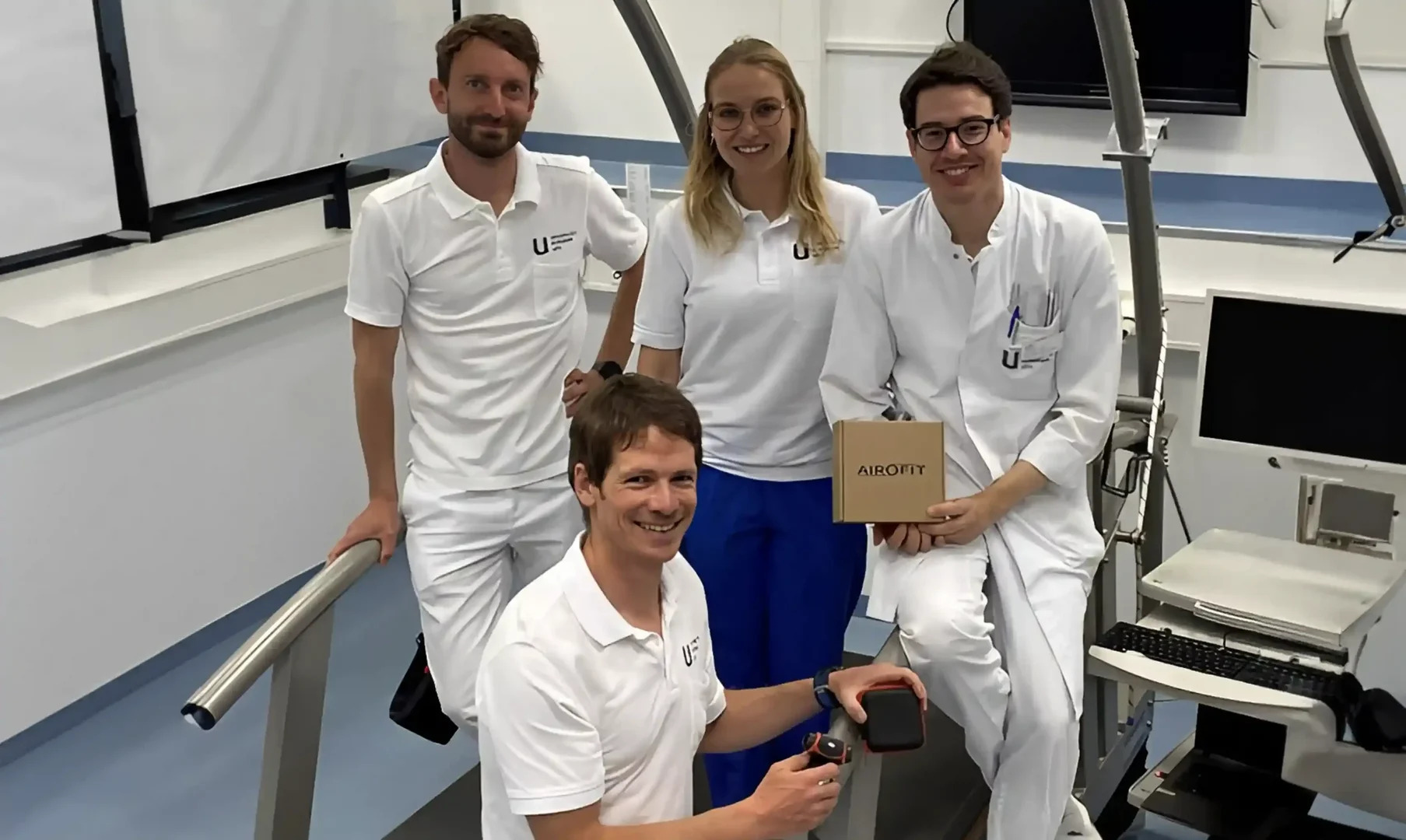- 4 min read
- September 22, 2022
3 less-known tips on how breathing exercises can improve golf performance

Golf is often perceived as a very relaxing sport; many non-players think that all you have to do is chuck the ball as further away as possible before leisurely taking a ride in the cart. However, this couldn’t be further from the actual truth.
Namely, golf takes its toll on both our physique and psyche, which amateurs and newbies sadly find out the harder way.
Professionals and seasoned veterans spend quite a bit of time during training sessions exercising how to breathe before they move on to polishing their technique and accuracy.
Hopefully, you will be able to step up your golfing game if you stick around as we discuss three less-known tips regarding breathing exercises
(https://theleftrough.com/golf-fatigue/) that minimize fatigue, so let’s dig straight in!
1. Abdominal Breathing
Abdominal breathing exercises are among the most popular ones, but only a handful of golf players actually practice them. Singers utilize abdominal breathing to preserve their vocal cords, football players use them to endure an hour and a half of extensive running. Given the vast differences between these fields, you may be wondering why you should start practicing it too.
The point of this breathing technique is to keep your lungs from expanding at a rapid rate. Among many other things, this is the leading cause of fatigue, especially for people who are struggling with heart-related ailments.
Consequently, abdominal breathing will reduce the pressure you put on your body, especially intercostals. Essentially, controlling your diaphragm is the first and most important step towards learning abdominal breathing.
It’s hard to master, but its rewards are numerous
At first, this may feel a bit draining; smokers tend to struggle with this technique the most, although they could potentially benefit from this even more than non-smokers. Try your best to ignore the discomfort until the point it becomes your second nature.
Eventually, you will be able to breathe through your diaphragm for extended periods, which will help you preserve more than half of the energy you would otherwise waste.
All-around exercise
Abdominal/diaphragm breathing techniques can bolster every aspect of your golf-playing experience. From the preparation phase, over swinging, putting, to walking or running from one field to the next.
Moreover, this exercise is a natural countermeasure to our instinctual forced breathing and
hyperventilation
(https://en.wikipedia.org/wiki/Hyperventilation). This further means that you will invariably start feeling tired hours after reaching your usual limits.
2. Controlled breathing technique
One of the first things that coaches tell their students is to practice breathing in as they wind up the swing and breathing out while as soon as they strike. This is, essentially, a very effective and simplified method that is a stripped-down version of controlled breathing techniques.
Basically, this trick isn’t too dissimilar to the one that snipers use prior to taking a shot. The idea is to breathe during the wind-up stage, hold it until your brains ends out signals to the rest of your body that your arms will take a shot, and exhale at the exact moment of release.
Martial arts practitioners also utilize this technique to empower their strikes while wasting zero energy in the process.
A golf player who starts exercising the controlled breathing technique will be able to preserve a vast amount of energy with each swing, all the while benefiting from a considerable bump in strength.
An essential technique for the late game stage
There’s a myriad of factors that will keep us primed and ready to take strong, accurate hits during the first couple of holes – the hype, the excitement, freshness, eagerness, and similar elements boost our spirits, but it’s ultimately the lack of fatigue that allows us to perform powerful swings.
Players who disregard their breathing typically start noticing that there’s less power behind their shots the closer they are to the last hole. Controlled breathing exercises are meant to keep you on your feet throughout the entire course, no matter how fatigued and tired your body may feel.
Reduce your number of swings and improve your score
Aside from adding a healthy dose of extra strength behind each swing, controlled breathing also introduces explosiveness to your shots when executed properly.
Namely, you’ll be able to remain well-rested for extended periods, which means that your shots will have the driving force of your usual first few shots for longer as well.
Given that golf is a game where ‘less is more’, mastering this technique will not only reduce your overall fatigue but will also passively help you improve your score. Ultimately though, it’s up to you to refine your accuracy and technique for this trick to work properly.
3. Breathing Respite technique
The final trick is actually borrowed from breath-focused meditation exercises. It’s a simple breathing pattern – just breathe through your nose, exhale through the mouth.
Basically, this is another breathing mode you can adopt to combat tiredness; it may be more beneficial to beginner golfers as it’s easier to sustain. Furthermore, it’s much faster to adopt as your natural breathing process than the two we’ve previously talked about.
Excellent for players allergic to pollen
Abdominal and controlled breathing techniques amount to little if you start coughing and sneezing halfway through, breaking your stance and potentially even hurting your lungs in the process.
Nose breathing filters foreign particles through nasal hair; even if you’re not sporting a mustache, you’ll still do better at combating your allergies this way.
That being said, there is a slight drawback to this breathing pattern. Breathing through your nose also humidifies the air you’ve inhaled, which can induce a cumbersome feeling if you’re golfing during summertime. Profuse sweating can be perceived as a natural side effect too.
Passively bolster your swinging and putting accuracy
Initially, the aim of breathing in through the nose and out of your mouth is to calm your nerves, gather your thoughts, and focus on any one particular thing. Consequently, the main goal of this exercise is to sharpen your focus and basically ignore any and all obstacles related to your thought process.
(4. Respiratory muscle training)

At Airofit, we have tested 20 players of different levels and ages to see whether breathing training can improve their performance. The results were quite overwhelming – and the short answer is ‘absolutely’.
If you want to read more about how Airofit can make you a better golfer, checkout our
Golf page here (https://airofitweb.cometdigisol.com/golf/)
or or our exclusive Airofit PRO Golf bundle below!



